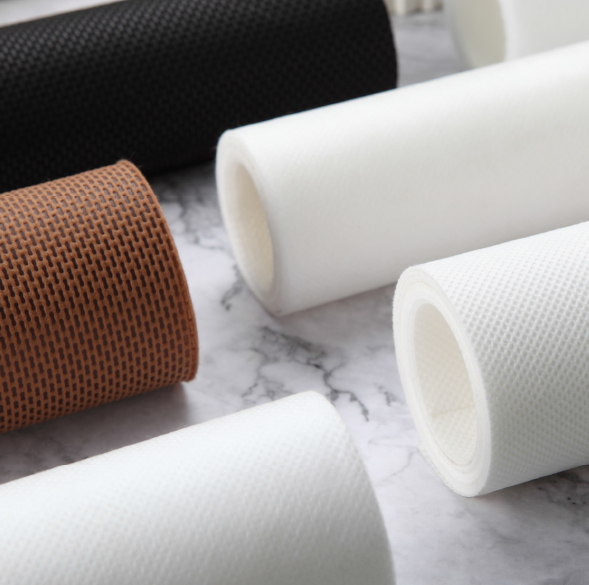Recycling PET spunbond nonwoven fabric is a valuable process that promotes sustainability and reduces environmental impact. As technology and infrastructure improve, the use of recycled PET spunbond is expected to become even more widespread. China pet spunbond nonwoven fabric is mostly used.

1. Collection and Sorting:
Collection: PET spunbond nonwoven fabric is collected from various sources, including post-consumer waste (e.g., used clothing, packaging, and disposable products) and industrial waste (e.g., manufacturing scraps).
Sorting: The collected materials are sorted to separate PET spunbond from other types of textiles and plastics. This is often done manually or using automated sorting systems.
2. Pre-Treatment:
Cleaning: The sorted PET spunbond fabric is cleaned to remove dirt, debris, and other contaminants. This may involve washing, drying, and sometimes chemical treatment.
Shredding: The cleaned fabric is shredded into smaller pieces to facilitate the next stage of the recycling process.
3. Reprocessing:
Melting: The shredded PET spunbond fabric is melted down at high temperatures. This breaks down the polymer chains and transforms the solid material into a liquid state.
Extrusion: The molten PET is then extruded through a die, which shapes it into filaments. These filaments are then spun into new fibers.Nonwoven Formation: The spun fibers are laid down and bonded together to form a new nonwoven fabric. This can be done using various methods, such as needle punching, thermal bonding, or chemical bonding.
4. Finishing:
Calendering: The new nonwoven fabric is often calendered to improve its smoothness, strength, and finish.
Dyeing and Printing: The fabric can be dyed or printed to create different colors and patterns.
5. Applications:
Recycled PET spunbond nonwoven fabric can be used in a wide range of applications, similar to virgin PET spunbond, including:
Clothing and apparel
Geotextiles
Packaging
Industrial and technical applications
Key Points to Consider:
Quality: Recycled PET spunbond fabric may have slightly different properties compared to virgin material, such as lower tensile strength or a less smooth finish. However, advancements in recycling technology are improving the quality of recycled PET spunbond.
Market Demand: The demand for recycled PET spunbond fabric is growing as consumers and businesses seek more sustainable options.
Environmental Benefits: Recycling PET spunbond fabric reduces landfill waste, conserves natural resources, and lowers greenhouse gas emissions.
Challenges:
Contamination: Contamination from other materials can affect the quality of recycled PET spunbond.
Cost: Recycling PET spunbond fabric can be more expensive than using virgin material.
Infrastructure: A robust infrastructure for collecting, sorting, and reprocessing PET spunbond fabric is essential for successful recycling.
Media Contact
Company Name: Qingdao Vinner New Materials Co., Ltd.
Email: Send Email
Country: China
Website: https://www.vinnerglobal.com/













